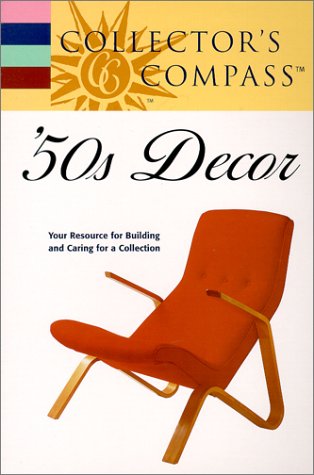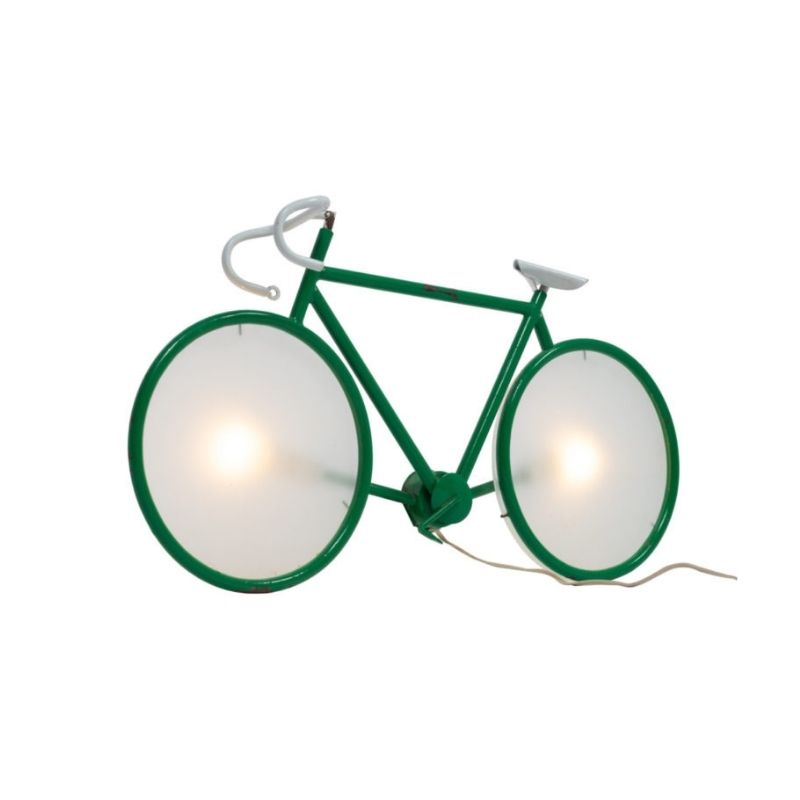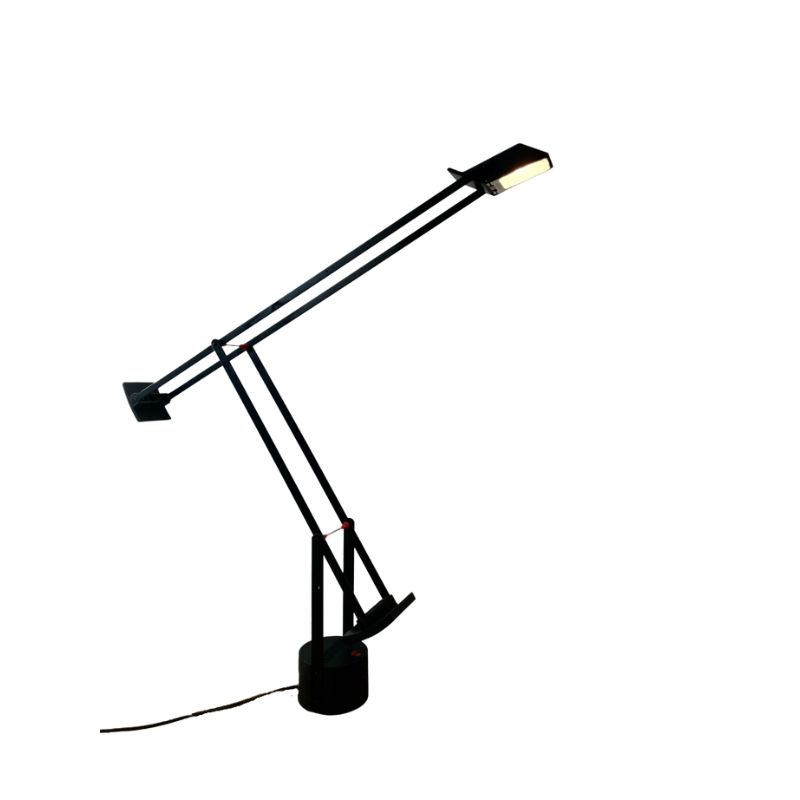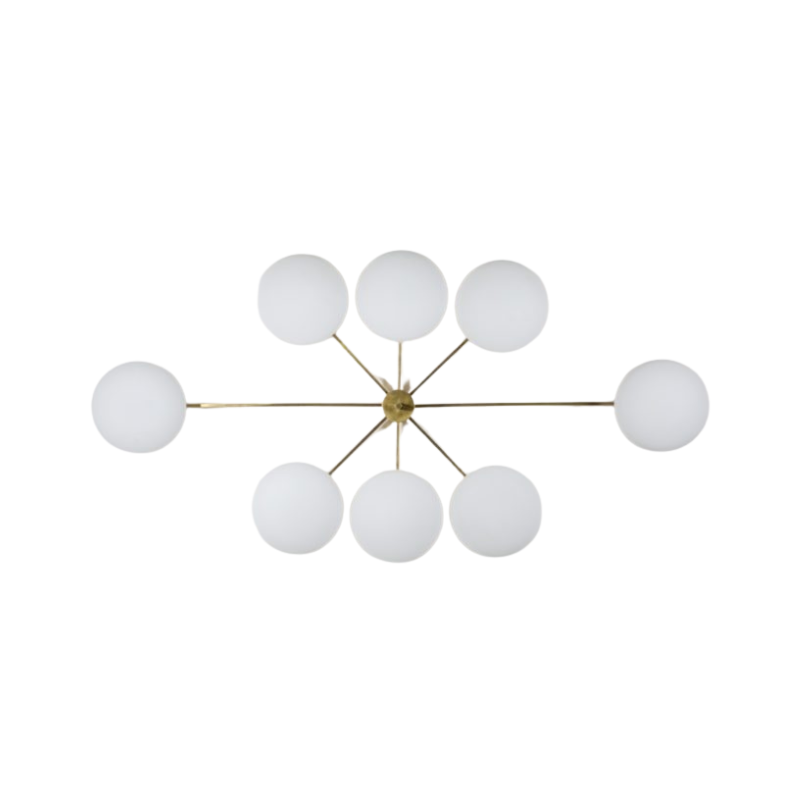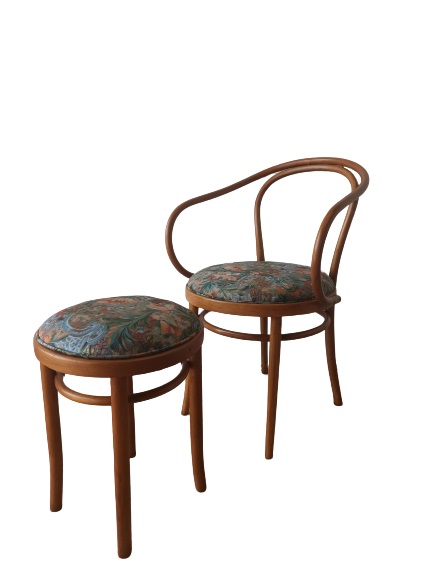If the object is of an inferior materials quality, decorative quality, and/or use quality, it can likely be said to have very little design quality or value. In such a case, the manufacturer/maker/"designer" of the object is only a matter of trivia, and this information is of very little practical use. A piece of shit is generally not made great by the addition of a label or brand despite what the consumer might be led to believe by advertising, industry, social conditioning, etc.
Of course, there are exceptions to this- see synthetically flavored sugar water aka "Coca Cola"
Identifying 'design' (good or bad) also requires a basic background of the subject through reading, research and exposure.
This link might help (or not), presented by MoMA (Museum of Modern Art) NY and was prepared for educators to introduce not just students but also anyone who wants to get a bit of design literacy to help identify design.
https://www.moma.org/momaorg/shared/pdfs/moma_learning/docs/design_full.pdf
From reading many of the ID post here at DA, the issue I find disturbing is many instead of seeing an opportunity to learn about their 'design finds' on their own first from obvious sources like design books or design websites/internet, most are satisfied just to be spoon fed with the information they seek. I understand if a poster is uninformed and I have shared what I learned here at DA identifying 20th century modern design but I can't help those who has no desire to learn or makes no effort in helping themselves first.
"value out of nothing"(^leif) is a neat thing to think about, snake oil is nourishment for some
and the opposite of truth is not necessarily wrong, we need language and context to understand what we know, or what we think we know
and even while I may choose to not directly participate in the consumption of Coca Cola, it is impossible to not have one's experience altered by the spectacle of it
hooray for books
If you need any help, please contact us at – info@designaddict.com


